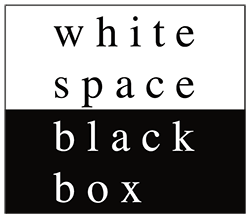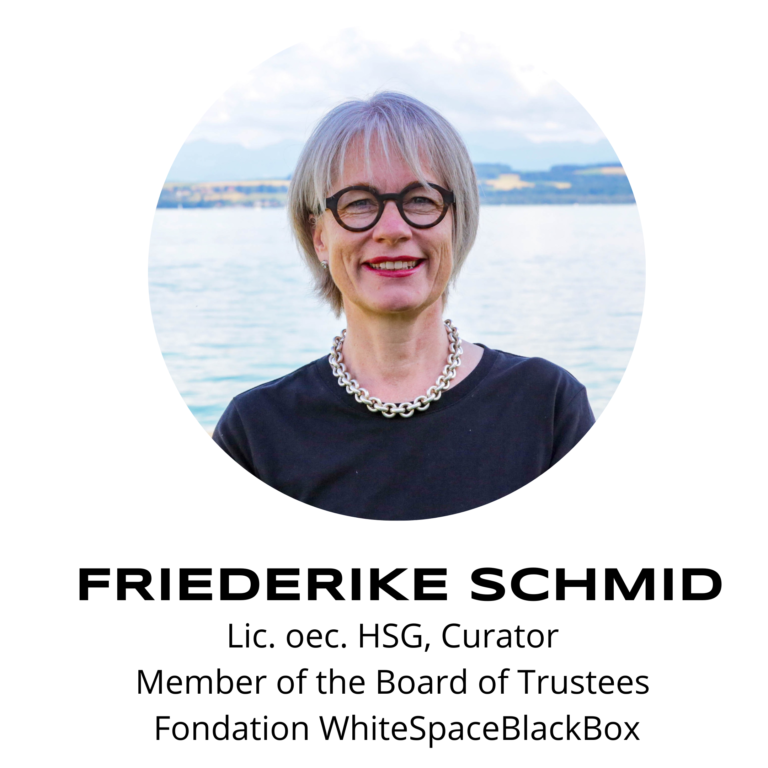
A look behind the habits we normally learn: «All Afrika Village», Dzimbanhete/Harare (ZW)
What if Adam had eaten from the tree of knowledge … instead of Eve and then passed it on to her to blame her for his sin? What if African art practitioners learned about their own art history instead of being taught «our» Art history of ancient Egyptians, Greeks, Renaissance, etc.? Questioning the way religious and historical patterns are knitted and re-finding to a story of its own.
Travelling to Zimbabwe is per se an experience and immersion in many contrasts. A «weird, strange, perplexing and beautiful country» as lovingly one of our artist friends described his own country. Around Harare every little space is used to grow edible plants like corn, beans and pumpkins. Every person has their own little garden with vegetables, feathered fowl and trees like avocado or mungo. Self-responsibility and building your own cocoon as a sheltered place are some of the big topics in this country. If you don’t take care of yourself, nobody else does. Why take this for granted and not think outside the box?
That’s what artist and mediator Chico Chazunguza together with a shamanistic healer does. Their place, out in the green, roughly an hour from Harare center in Dzimbanhete/ZW, is a huge experimental site to look at African history in a different way, supporting the spirit of Pan Africanism and Ubuntu (humanity towards others).
In Dzimbanhete «All Afrika Village» a new standpoint shall support, reflecting about the original African culture and communicating it. In contrast to the local training, which most Zimbabwean students get up to now, based on western standards of art history. The new vision is to build up a village, consisting of different housing-models from all over the African continent. The way houses are built and set up within a village structure, depicts how women, men and kids live and work together. A mirror of their traditions, religion and culture.
In pre-colonial time Africa had quite some matriarchies, where women not only shaped the line of inheritance but also the way of social interaction. In other societies men were allowed two wives. These different social models, together with various building materials and architectural principles (building on the ground or stilts), etc. shape the specific housing structure. Thus, house and living are keys to culture, art and history.
To realize this vision, African and foreign artists are invited for residencies in Dzimbanhete. Besides houses being erected, the artists leave their marks on site with sculptures and paintings. Around a dozen houses have been built so far. The last artists in residence being invited, was the artist couple Luftwerk (Chicago/US) – Petra Bachmaier and Sean Gallero. Their site-specific sculptural space, ZUVA, merges local traditions of healing and architecture with contemporary color and light work. ZUVA is related to the Shona language and culture, meaning sun and the movement of the sun across the sky during a day. The yellow outside skin of their work represents the sun, the blue interior the night. Local materials and building techniques contributed to the construction of this dome – a solar system feeds a LED-line, which bathes the cupola in ever changing shades of light. A wonderful contemplating sculpture to be «inhabitated» and used to gather, reflect and hold discussions together. Or simply to offer a moment of surprise in this place.

